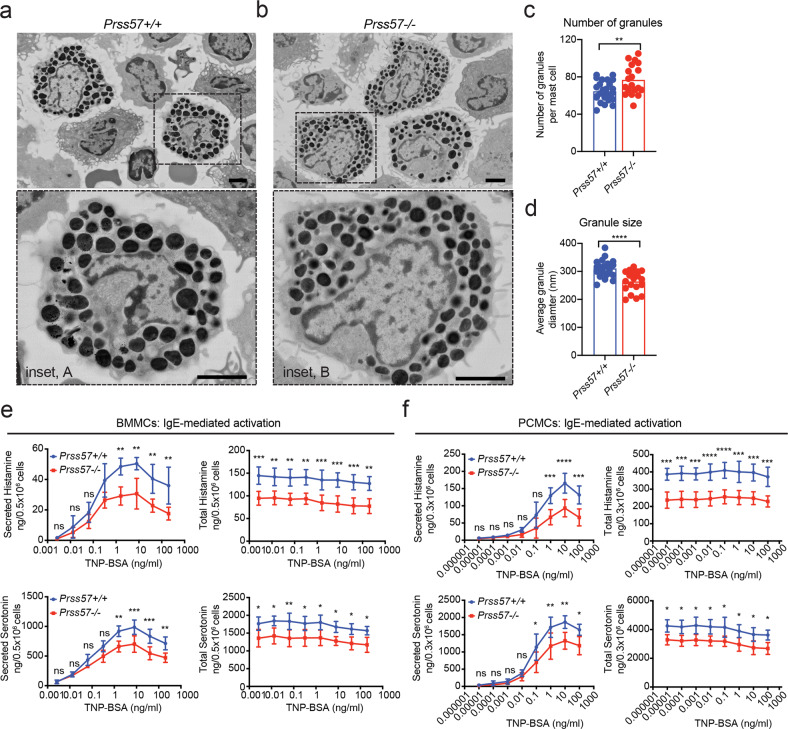Fig. 2. Mast cells obtained from NSP4-deficient mice have abnormal granule features and reduced levels of granule-stored histamine and serotonin.
Ultrastructural analysis of primary peritoneal cell suspension by scanning electron microscopy (SEM). Representative scanning electron micrographs showing mast cells (dashed box) from Prss57+/+ (a) and Prss57−/− littermates; scale bar, 2 μm; inset scale bar, 2 μm. b High magnification views of Prss57+/+ (inset A) and Prss57−/− (inset B) mast cells. scale bar, 2 μm; inset scale bar, 2 μm. Quantification of the number (c) and size (d) of electron-dense secretory granules present in mast cells based on representative SEM micrographs. Data are presented as mean ± s.d., n = 26 Prss57+/+ mast cells, and n = 19 Prss57−/− mast cells were used for quantification; **P < 0.01, ****P < 0.0001; Student’s t test. Data shown are representative of at least two independent experimental repeats. e, f Comparing histamine and serotonin levels in mast cells derived from wild-type and Prss57−/− littermates and differentiated in vitro. Total or secreted levels of histamine and serotonin following IgE-mediated activation of BMMCs (e) and PCMCs (f). Data are depicted as mean ± s.d., n = 4 biological replicates per genotype; *P < 0.05, **P < 0.01, ***P < 0.001, ****P < 0.0001; two-way ANOVA and Bonferroni post hoc test.

